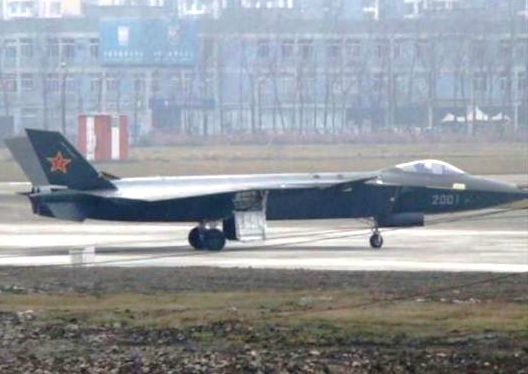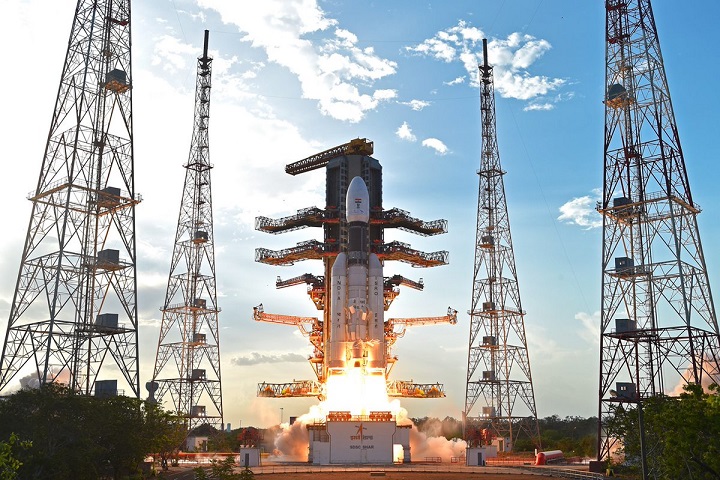
China's J-20 stealth fighter. The new ramjet engine will enable the J-20 fighters to fire from greater range, according to a military expert.
BEIJING (PTI): China has successfully tested a solid-fuel variable flow ramjet engine which could enhance the real combat ability of the country's stealth aircraft and boost firing range of missiles, official media reported Tuesday.
A team from No. 4 research institute affiliated with the China Aerospace Science and Technology Corporation (CASC) disclosed on May 31 that it has successfully conducted two flight tests with the ramjet engine, state-run Global Times reported.
The solid-fuel ramjet engine is a member of the ramjet engine family, which has the advantage of low cost, high power, and high controllability with compact size, the report said.
The team said the new ramjet engine is ready for further engineering application, paving the way for China's next generations of hypersonic missiles, it quoted Science and Technology Daily as reporting. It is hardly accessible in the world as it demands sophisticated and highly difficult research on technology.
The new engine can remarkably increase the firing range and mobility for air-to-air missiles and anti-ship missiles equipped with China's stealth aircraft including the J20 jet fighters, Song Zhongping, a military expert who used to serve in the PLA Rocket Force, told the Global Times.
The engine will enable the J20 fighters to fire from greater range and the missiles to fly faster at a hypersonic speed, which will increase their combat ability, Song said.
It is a milestone in the field of engine research, which has been a bottleneck for China for quite a while, Li Jie, a Beijing-based military expert, said.
Once the engine achieves miniaturisation, it will very likely enable China's air-to-air missiles to strike targets up to 300 km at a speed faster than March 5, Song said, adding that the engine can be applied to China's latest missiles including PL12 missiles.
A lot of research needs to be done in the future to achieve that. For example, China should also conduct research on building up a super range detection network to support such a long-range strike, and the precision guiding system should be capable of processing information at super high speeds, Wang Ya'nan, chief editor of the Aerospace Knowledge magazine, told the Global Times.
At present, such an engine will be mainly used on missiles, as for the manned aircraft, there is still a long way to go, since the thrust of such engines are still not enough for that, Song said.
Cruise missiles and experimental aircraft including drones can also adopt such technology to realise high-speed travel within the atmosphere, Wang said.
 Previous Article
Previous Article Next Article
Next Article











The Indian Air Force, in its flight trials evaluation report submitted before the Defence Ministry l..
view articleAn insight into the Medium Multi-Role Combat Aircraft competition...
view articleSky enthusiasts can now spot the International Space Station (ISS) commanded by Indian-American astr..
view article